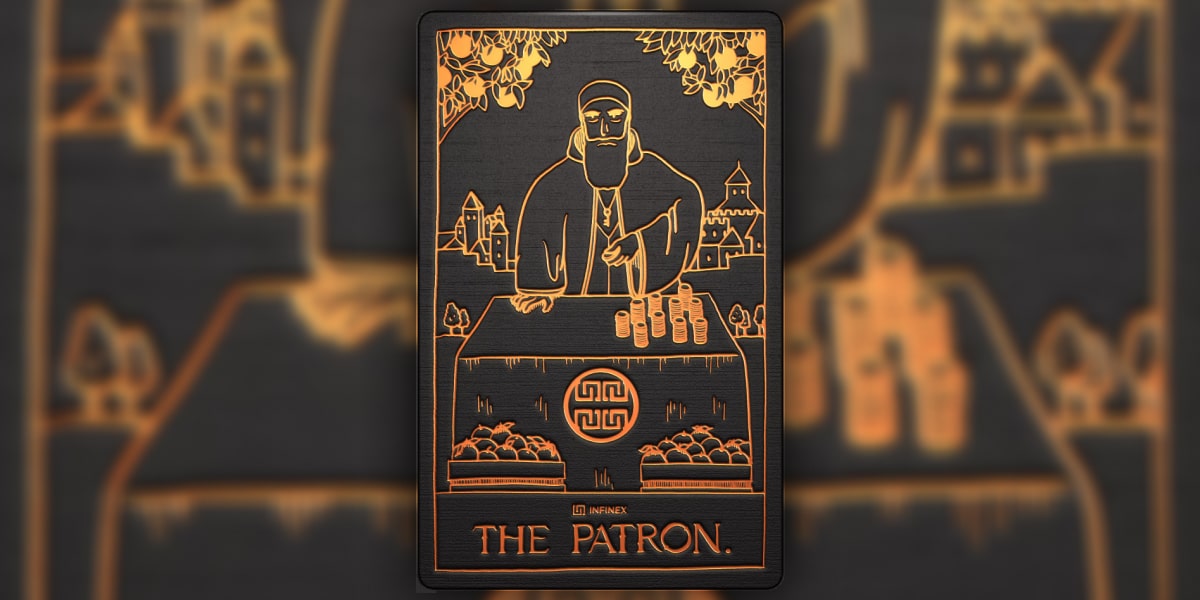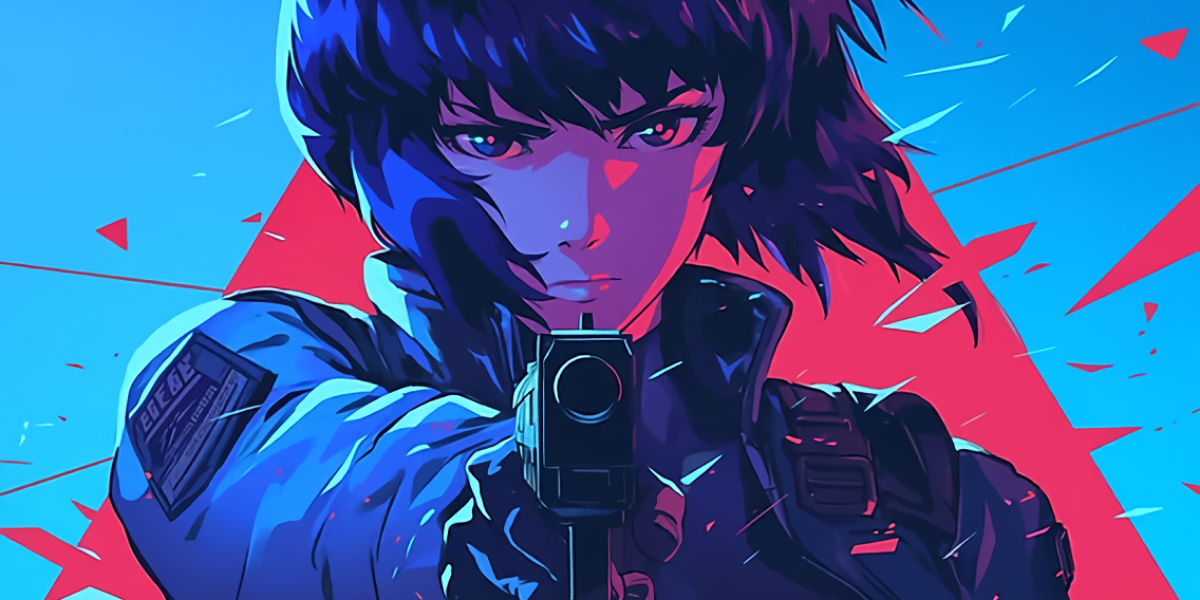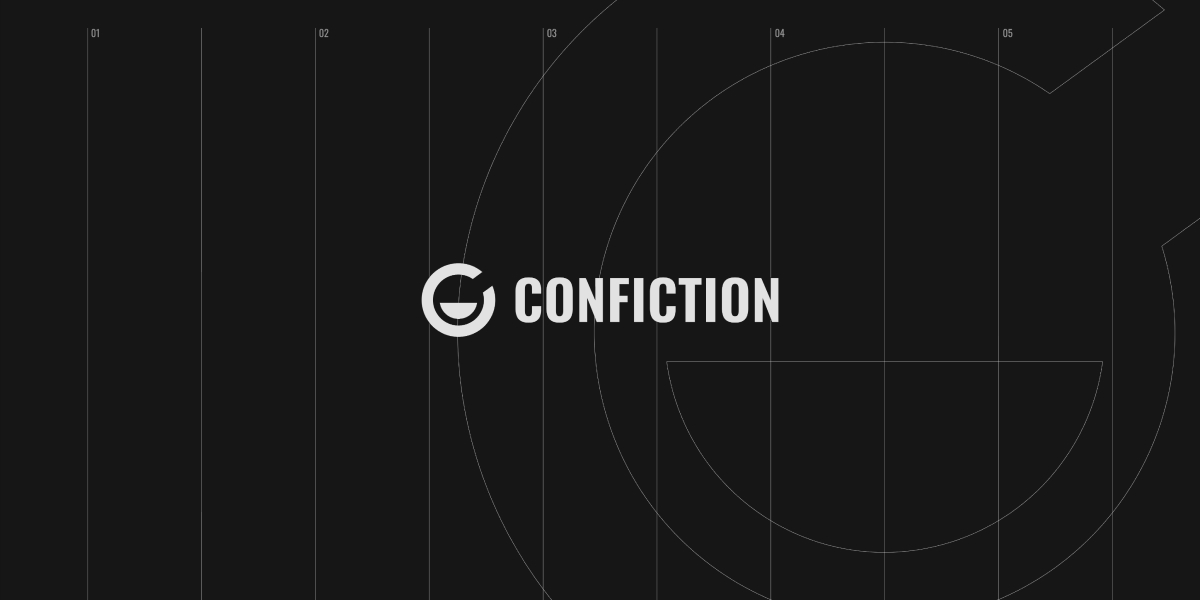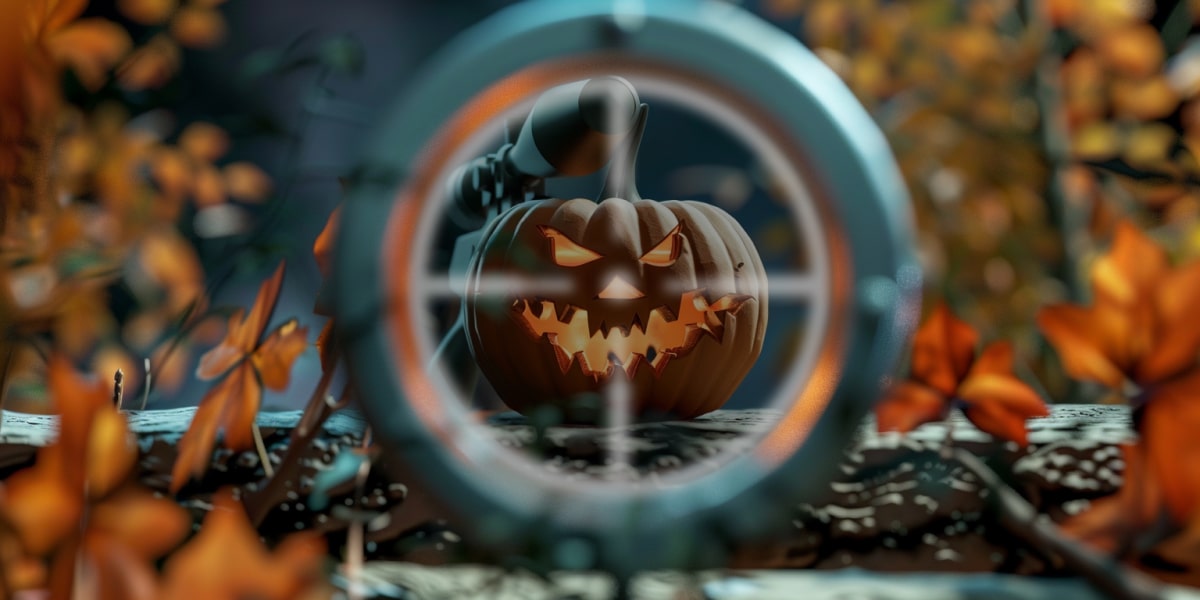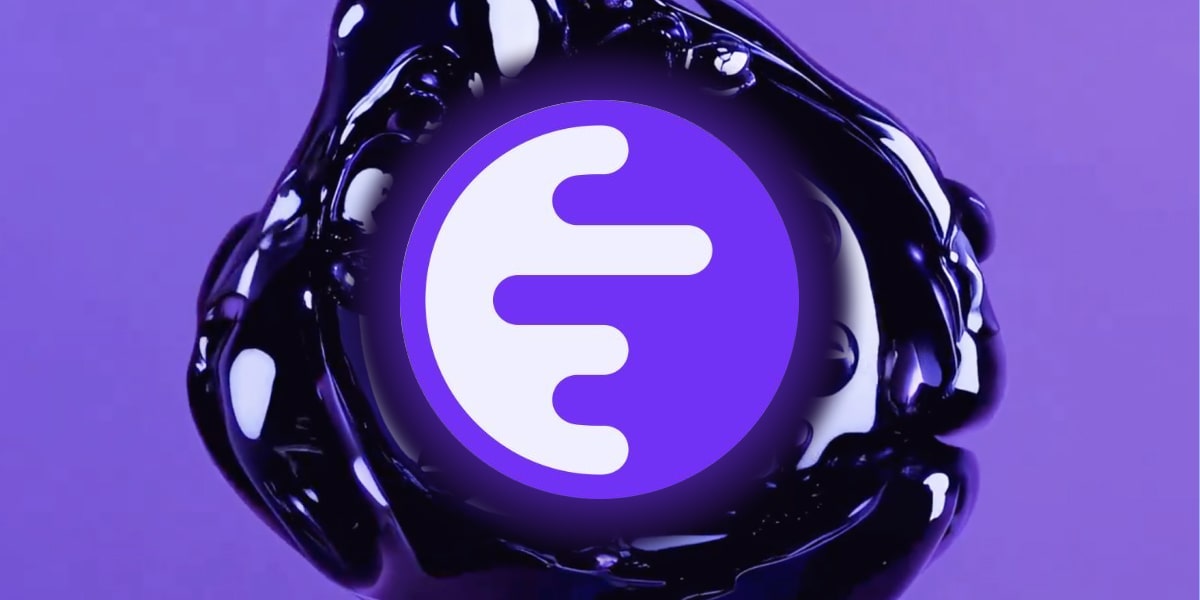Learn more about Rarity Sniper and NFT Rarity
Non-fungible tokens (NFTs) have taken the world by storm. In 2021, the NFT market did $25 billion in sales and NFT, and non-fungible tokens, was the most searched word of the year.
The meteoric rise of NFTs has made many people curious about the nascent technology, from
individuals to big businesses. In fact, it seems like nearly every day another well-known brand or
company enters the NFT space, and celebrities are buying into NFT collections and releasing their
own projects left and right.
But for people interested in purchasing NFTs or creating
their own exclusive NFT project, understanding what makes them valuable is critical. According to
the founder of Rarity Sniper, though there are several pillars needed for a successful NFT
project, rarity is the most important.
We'll examine rarity in NFTs, how it works and
why it's important, and we'll look at some tools that are available to help you determine an NFT's
rarity, such as Rarity Sniper. Lastly, we'll conclude with some tips about how you can create the
best rarity ranking for your own NFT collection or project.
What is Rarity Sniper?
For collectors, understanding rarity and how it affects an NFTs price is critical before making a
purchase. The rarity of an NFT is calculated based on the rarity of different traits that it's
compiled of. This may sound simple, but when you're dealing with large collections that contain
thousands of individual NFTs, calculating the rarity of each NFT can be difficult.
Fortunately, there are several tools available to help you determine an NFT's rarity, the best
of which is called Rarity Sniper. Rarity Sniper is one of the biggest NFT communities in the
world, and it all started with one person's realization of the importance of determining the
rarity of NFTs.
Nearly a year ago, the owners used a rarity tool to “snipe” exclusive
NFTs from Bored Ape Kennel Club and Cool Cats. NFT “sniping” refers to purchasing rare NFTs that
are underpriced on secondary markets, usually because the seller is unaware of the NFTs' rarity.
When they realized how useful the tool could be for the NFT community, they created a
Rarity Sniper Discord to help people check their NFT's rarity accurately. At first, the Rarity
Sniper sent users screenshots of their NFT's rarity using his personal rarity sniping tool, but
before long he had a full-time job on their hands and knew something more efficient needed to be
done.
When the Rarity Sniper Discord grew to over 250 thousand users, the Rarity Sniper
team decided to make an improved rarity tool. In only twelve hours they coded an enhanced rarity
checking tool, and shortly after made it available to everyone on the Rarity Sniper Discord
server.
At the time of writing, the Rarity Sniper Discord has over 300K active users
and growing. In November, Rarity Sniper launched its website—which saw almost 1 million unique
visitors in the first month.
Currently, the site ranks over 1,000 generative NFT
collections by rarity and allows users to search the collections based on traits, see collection
stats, upcoming NFT drops, and even list their NFT projects on the upcoming NFT drops calendar.
Recently, a “buy now” feature was recently added that enables visitors to check not only
the rarity but also the price of an NFT on the secondary marketplace OpenSea. This tool is
convenient for NFT snipers since it allows them to check the different prices of NFTs and compare
rankings without having to toggle back and for between secondary marketplaces and Rarity Sniper.
Rarity Sniper also covers NFT news, staying on top of the latest trends and happenings in
the NFT, cryptocurrency, Web 3.0 and metaverse spaces. In the future, the company aspires to
become the most trusted media brand in NFTs as well as create an open rarity standard for the NFT
space.
Why Is NFTs Rarity Important?
If you've ever wondered why certain NFTs sell for hundreds of thousands or millions of dollars while others from the same collection go for much less—the answer is rarity.
Rarity refers to how uncommon an NFT is within a collection, and it is a critical element to
making generative NFT collections not only exciting for collectors but also valuable.
The rarity of an NFT is determined by the frequency in which the traits and characteristics that
comprise it appear within the given collection. For profile picture (PFP) NFTs, traits might
consist of a face, mouth, eyes, headwear, background, accessories, and whatever other
characteristics make up the NFT.
In the popular NFT collection Bored Ape Yacht Club,
for example, the Bored Unshaven Pizza Mouth only appears 26 times out of 10,000 in the collection.
This makes each NFT that contains the trait extremely rare since only .26% of the NFTs in the
collection have the Unshaven Pizza Mouth. Unsurprisingly, six out of the top 20 most rare Bored
Apes contain this trait.
Even less surprisingly, since NFTs that possess unique traits
or a combination of unique traits have higher rarity rankings, the Bored Apes that have an
Unshaven Pizza Mouth are extremely valuable.
When you don't know how rare your NFT
ranks within a collection it is nearly impossible to accurately determine its value. That's why
rarity checking tools such as Rarity Sniper are so important to the NFT community.
CryptoPunks: A Short History of NFTs and Rarity
When Larva Labs released its collection of 10,000 algorithmically generated avatar profile picture
NFTs of pixelated punk images called CryptoPunks in 2017 and gave them away for free to anyone
willing to pay Ethereum gas gees, they wanted to see if digital art minted on the blockchain could
have value.
Five years later and the answer is an emphatic YES. The Punks are
now considered an OG NFT collection and individual Punks have sold for millions of dollars and are
owned by celebrities like Snoop Dogg, Logan Paul, Gary Vee, Serena Williams, Steve Aoki, and
Jay-Z.
One of the main reasons the Punks have been so successful is because of how they
implemented the concept of rarity into their collection. Similar to the way trading cards are
limited in number and some are rarer than others, CryptoPunks transferred this idea to digital
artwork and the NFT game was never the same.
There are 10,000 NFTs in the CryptoPunk
collection and most of the Punks are humans; 3,840 Female and 6,039 Male. There are also 88
Zombies, 24 Apes, and nine Aliens. Aside from each character type, there are 87 additional
attributes. The rarer attributes include beanie (44 in the collection), and choker (48). It is
also rare for a CryptoPunk to have no attributes at all (8), or 7 attributes (only 1).
Unsurprisingly, Alien Punks and Punks with rare attributes like a beanie generally fetch higher
prices than more common types and traits make up most of the collection.
By making each
CryptoPunk NFT unique and some rarer than others, Larva Labs created a hierarchy within their
collection and generated excitement among collectors. Imagine being an early adopter of
CryptoPunks and minting an Alien Punk with a rare attribute that today could be worth millions of
dollars.
Of course, rarity has always played a critical role in the value of
collectibles and other types of art, which the creators of CryptoPunks understood when they
created a collection that would serve as a blueprint for generative NFT collections to come.
It's also worth noting that there will never be more than 10,000 original CryptoPunk NFTs
in existence. This means that each CryptoPunk NFT is a rare digital asset in itself, regardless of
its rarity ranking.
In this sense, CrytpoPunks and most of the derivative NFT projects,
are layering rarity on rarity to create value—the limited number of NFTs in a collection + the
rarity ranking of each NFT within that collection.
What is a NFT Rarity Score?
When Rarity Sniper tools determine an NFT's rarity ranking within a collection, a rarity score is
given. The rarity score of a digital asset can be determined through several formulas.
Most commonly, a score is assigned to each trait within a collection. This is called the “trait
rarity score.” The trait rarity score is determined by taking the total number of NFTs within a
collection and dividing it by the number of NFTs that possess a specific trait. Traits that appear
less frequently among the digital assets are given higher trait rarity scores.
To
calculate the overall rarity score of the NFT, the values of these traits are added up. Although
other factors can be involved when calculating rarity and rarity checking tools are not always in
100% agreement about ranking, Rarity Sniper has proven to be a reliable tool for thousands of
investors, collectors, and NFT fans.
How to check an NFT's rarity?
If you're considering buying into an NFT collection after it has been released, then you want to
make sure you check the NFT's rarity and how the price compares to others in the collection.
Luckily, for NFT collectors, investors, and enthusiasts it's easy to check an NFT's rarity ranking
without doing all the math yourself.
Checking how your NFT ranks within a collection on
Rarity Sniper is simple. Just search for your collection and enter your NFT's ID. Not only will
you be shown the rarity ranking and rarity score, but you can also see a list of the NFT's traits
and how rare each trait is in the collection.
Rarity Sniper ranks Ethereum, Solana and
Polygon-based NFTs. You can also visit Rarity Sniper to find out about upcoming NFT collections
that will be minted on the Ethereum, Solana, and Polygon blockchains.
How Are Rarity Scores Distributed in NFT Collections?
One interesting thing to analyze in generative NFT collections is how rarity is distributed among
individual NFTs in the collection.
When you look at how rarity scores are distributed
among some of the most popular NFT collections such as CryptoPunks and Bored Ape Yacht Club, they
tend to contain a small amount of extremely rare assets and a large amount of more common assets.
In other words, rare NFTs in the collection are, well, rare.
For example, most of the
NFTs in BAYC are slightly above the “floor” rarity score and a few hundred are far rarer than the
rest. In the CrytoPunks collection, the curve is even sharper. Nearly all the Punks have similar
rarity scores, but a tiny percent (such as the Alien, Zombies, and Ape Punks) are exceptionally
rare in relation to the rest.
That means that owning one of the rarer assets in these
collections is especially difficult and the value of the NFT is reflected in that. Having fewer
rare NFTs in a collection also creates excitement and enthusiasm for people who are minting NFTs.
For NFT collectors and creators alike, the way rarity is distributed throughout a
collection is critical. And collectors who get lucky enough to mint a rare NFT from a successful
collection can be rewarded.
How Does Rarity Affect NFT Prices?
By looking at sales from a classic NFT collection such as CryptoPunks, we can see how rarity affects the value of each NFT. Listed below are some of the top and bottom sales of CryptoPunks over in 2021-2022:
- Punk 5822. Sale Price: $23.7 million. Rarity rank: 17th. Special traits: 1/9 Alien Punk. 1/333 Punks with only 1 attribute. Sale date: Feb. 12, 2022.
- Punk 7804. Sale Price: $7.57 million. Rarity rank: 11th. Special traits: 1/9 Alien Punk. 1/254 with cap forward. Sale date: March 11, 2021.
As you can see the two top-selling Punks are extremely rare within the collection. Conversely, here are two examples of Punks that are more common:
- Punk 4778. Sale Price: $194,573. Rarity rank: 8538. Rarest trait: Blue Clown Eyes 1/384 in the collection. Sale date: Feb. 3, 2022.
- Punk 7897. Sale Price: $220,566. Rarity rank: 2487. Rarest trait: Red Mohawk 1/147 in the collection. Sale date: Feb. 1, 2022.
Of course, not all NFT collections are as popular as CryptoPunks and you shouldn't always expect prices this high. But understanding how individual NFTs from collections like CryptoPunks, BAYC, and Cool Cats sell based on the rarity can help you better understand how NFT rarity and exclusivity works.
How to Make a Rarity Strategy for Your NFT Collection?
Understanding what factors contribute to an NFT's rarity is not only important for people who want
to purchase NFTs on secondary NFT marketplaces, it's also critical for anyone who wants to create
their own generative art NFT collection.
If you're creating a generative NFT
collection, then you need to know more than just how to determine an individual NFT's rarity. You
should understand the myriad of factors that go into an NFT collection's rarity chart.
Listed below are some of the different elements to consider when creating an excellent rarity
chart for an NFT collection:
- Trait categories. Dividing traits into distinct categories helps organize all a project's unique traits. For example, suppose you have four trait categories in your collection including Mouth, Background, Facial Expression, and Headwear. Within each category, there would be a certain number of specific traits. For example, perhaps there are 7 different types of Backgrounds—and they vary in how frequently they appear in the collection. Rarity Sniper recommends that to make your project visually appealing you should have a minimum of 7 trait categories.
- Unique traits. These are the specific traits that fill out each trait category. Using the example above, if we take the trait category Headwear and fill it with 7 unique traits, those traits might consist of a top hat, baseball cap, beanie, fedora, sombrero, cowboy hat, and no headwear. Perhaps the “no headwear” trait appears only 200 times in a 10,000-piece collection, which would make it a rare trait and more valuable than a trait that appears 1,000 times in the collection. It is recommended that you have at least 150 unique traits in your NFT collection
- Rare traits. These are the traits that occur in less than 1 percent of an NFT collection's total quantity. In the Bored Ape Yacht Collection, for example, the Dagger Mouth trait appears only 49 times out of 10,000 Apes, making its rarity rank .49%. Ultra-rare traits create scarcity within NFT collections and add excitement for collectors.
- Legendary traits. One-of-one legendary traits are even rarer than rare traits. One of the best examples of legendary traits comes from the popular Cool Cats NFT collection, which contains several Cool Cats that are hand-drawn and do not have any computer-generated traits at all. Since the pieces are extremely rare in the collection, they are ranked higher in rarity and more valuable. According to Rarity Sniper, an NFT project should have no more than ten Legendary traits.
Another thing to think about when creating a generative NFT collection is what type of media you
plan to use. Deciding whether you're going to use animation, images, video, or audio with your NFT
project is critical.
Rarity Sniper recommends that using a mix of media is ideal for a
successful generative art NFT project. For example, some NFT collections use static images for
common traits and rare and legendary traits are animated. One effect this has is making the rarer
NFTs more distinguishable.
The last thing to keep in mind when creating your rarity
strategy for an NFT collection is to avoid the use of low-impact visual traits. When traits don't
have a significant visual impact, such as a piece of jewelry that is too small to see, your
collection can be less visually appealing to NFT collectors.
Fortunately, not all the
work has to be done alone. By collaborating with artists and influencers you can design traits
that are appealing and attract collectors and investors to your project.
Final Thoughts on Rarity in NFTs
Although a well-thought-out rarity ranking is fundamental to the success of any NFT collection, it's not the only element that is important. According to the Rarity Sniper team, it's best to think about NFT collections in terms of pillars.
The four most important pillars of any successful NFT collection include art, utility, community,
and you guessed it—rarity. While rarity can create excitement for collectors, snipers, minters,
and creators, having the right combination of these four pillars is the best way to create a
healthy NFT collection.
For folks interested in collecting, investing, and trading
NFTs, using a tool like Rarity Sniper is critical for tracking the rarity of individual NFTs and
learning how to make better-informed purchases. With Rarity Sniper news, you can also stay
educated on the latest happenings in the NFT space.
Lastly, for people who are industrious enough to create their own NFT projects and NFT collections, the option to list an upcoming drop on Rarity Sniper is a great way to help collectors and investors find the project. And once the project has dropped, it's time to put the collection's rarity chart ranking on Rarity Sniper.
Please refer to our official X account for further updates.
The #1 source for NFT Rarity & Discovery
Trending collections by sales
























Latest Rankings
























Latest NFT News
Disclaimer
Essential cookies are required for our systems to work, they do things like help you navigate our website without losing previous actions, improve performance and cannot be disabled.
- Cloudflare
Analytics and advertising cookies allow us to count the number of visitors, to recognize and observe visitors to our website and to analyze interactions with our website and services. They also allow us to see what pages and links you have visited so we can provide more relevant user experiences. We share this information with other organizations such as Google, for the same purpose.
- Google Analytics
- Mixpanel

